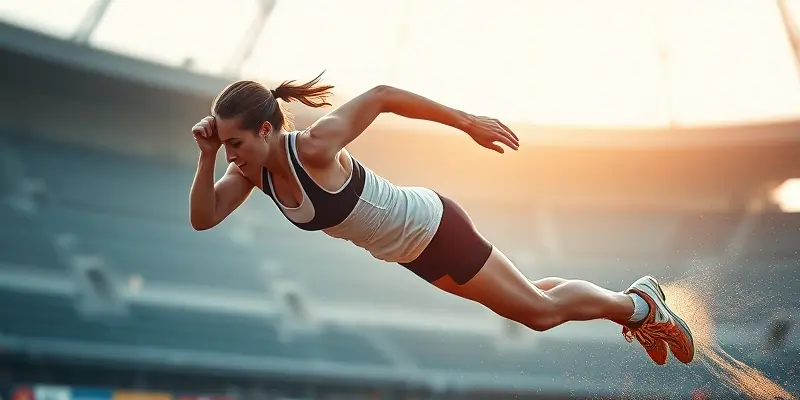Recovery & Injury: A Comprehensive Guide to Preventing and Healing Sports Injuries
Introduction
Sports injuries can happen to anyone, from beginners to professional athletes. Understanding how to prevent, treat, and recover from these injuries is crucial for maintaining a healthy and active lifestyle. In this guide, we will cover essential strategies and techniques to help you stay strong, healthy, and injury-free.
Prevention Strategies for Common Sports Injuries
Warm-up and Stretch
- Begin each session with a 10-minute cardio warm-up and dynamic stretching.
- Conclude with a cool-down and static stretching to aid recovery.
Proper Footwear and Equipment
- Use sport-specific gear like shoes and protective equipment.
- Ensure proper fit and suitability for the activity.
Strength and Conditioning
- Regularly strengthen core and major muscle groups.
- Enhance stability and prevent overuse injuries.
Technique and Progression
- Learn correct form and increase intensity gradually.
- Avoid common overuse injuries like stress fractures.
Hydration and Nutrition
- Stay hydrated and maintain a balanced diet rich in protein and vitamins.
Listening to Your Body
- Rest when fatigued and stop activity if experiencing sharp pain.
- Avoid overtraining and incorporate rest days.
Most Common Sports Injuries
- Sprains and Strains: Ligament and muscle/tendon injuries.
- Fractures: Bone breaks from impact or overuse.
- Dislocations: Joints forced out of place.
- Tendinitis: Inflammation of tendons.
- Shin Splints: Pain along the shinbone.
- Concussions: Traumatic brain injuries.
Immediate Treatment (RICE Method)
- Rest: Avoid stressing the injured area.
- Ice: Apply ice packs to reduce swelling and pain.
- Compression: Limit swelling with elastic bandages.
- Elevation: Keep the injured area raised to reduce swelling.
Nutrition for Recovery
- Protein: Supports muscle repair.
- Vitamins C and D: Aid collagen formation and bone health.
- Omega-3 Fatty Acids: Reduce inflammation.
- Hydration: Essential for tissue repair.
Tools and Gadgets for Muscle Repair
- Compression Garments: Improve blood flow and reduce soreness.
- Foam Rollers/Massage Guns: Aid in muscle release.
- Cold Therapy Devices: Control localized inflammation.
- Wearable Tech: Track recovery metrics for optimization.
Psychological Strategies During Rehabilitation
- Set Realistic Goals: Maintain motivation through milestones.
- Mental Imagery: Visualize successful performance for confidence.
- Social Support: Stay connected with teammates and coaches.
- Mindfulness: Reduce anxiety and improve adherence.
When to Seek Professional Help
- Persistent pain, swelling, or loss of function.
- Suspected fractures, dislocations, or concussions.
- Injuries not improving with basic care.
Key Takeaways
Preventing sports injuries involves a holistic approach of warm-up, proper technique, and nutrition. The RICE method is effective for immediate care, but advanced recovery tools and psychological support are vital for optimal healing. Always consult professionals for serious injuries to ensure a safe return to sport.
Stay active, stay safe, and enjoy your fitness journey!

